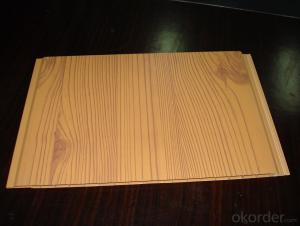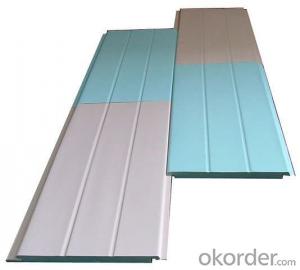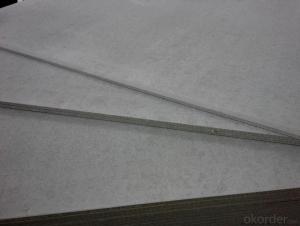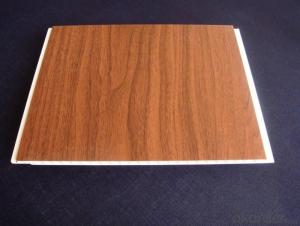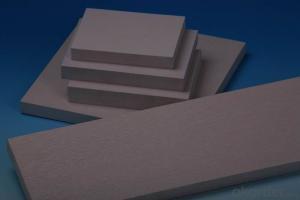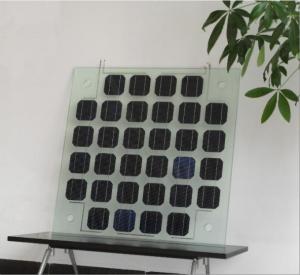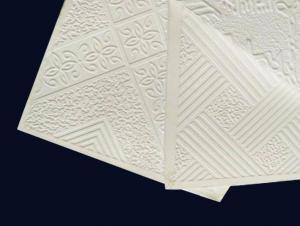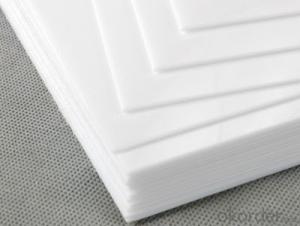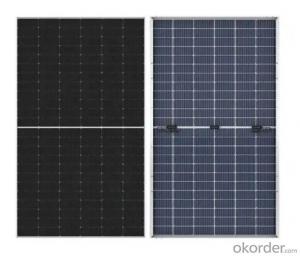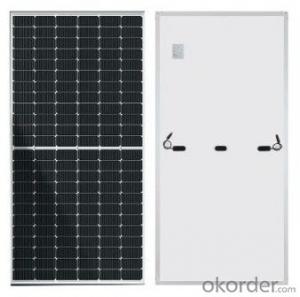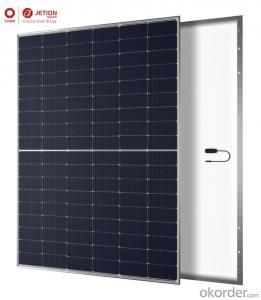Solar Inverter Panel
Solar Inverter Panel Related Searches
Shiny Or Dull Side Of Aluminum Foil For Cooking Inverter For 100w Solar Panel Solar Panel Inverter For Rv Pvc Tiles For Walls Wall Lights For Bedrooms Inverter Ac With Solar Panel Solar Panel With Inverter Kit Solar Panel Kits With Inverter Solar Panel With Inverter Direct Roving For PultrusionHot Searches
Used Sandwich Panel For Sale Pvc Chairs For Sale Tilt Panel Props For Sale Lightweight Scaffolding For Sale pvc pipe manufacturers in usa Sandwich Panel Price In India China Solar Panel Inverter Solar Inverter Panel Price China Pvc Geomembrane Sandwich Panel Manufacturers In Bangladesh Pvc Roofing Sheets Price India Pvc Roofing Sheets Price pvc resin price index Solar Panel Inverter Size Solar Panel Inverter Suppliers Q Cells Solar Panel Prices Tesla Solar Panel Inverter Honeycomb Sandwich Panel Suppliers Type Of Inverter For Solar Price Of Shipping Containers For SaleSolar Inverter Panel Supplier & Manufacturer from China
Okorder.com is a professional Solar Inverter Panel supplier & manufacturer, offers integrated one-stop services including real-time quoting and online cargo tracking. We are funded by CNBM Group, a Fortune 500 enterprise and the largest Solar Inverter Panel firm in China.Hot Products
FAQ
- Yes, solar panels typically require a specific type of wiring and electrical setup. They need to be connected to an inverter, which converts the direct current (DC) generated by the panels into alternating current (AC) that can be used in homes or fed back into the grid. Additionally, solar panels usually require specific wiring configurations to ensure proper grounding, protection against overcurrent, and compliance with local electrical codes and regulations.
- The average size of a solar panel is typically around 65 inches by 39 inches, or about 5.4 feet by 3.25 feet. However, the size can vary depending on the manufacturer and the specific model of the solar panel.
- Which of these units determines how much electric energy a solar panel can generate?
- Light is power in the form of electromagnetic radiation from the sun. We receive about 000 watts per square meter on a sunny day. The solar panels do convert that sunlight into electrical power at a little less than 25% efficiency. Light intensity and power per square meter (W/m^2) are closely related. The more intensity, the more watts per square meter. So the answer is : Yes, from light intensity which directly proportional to watts per square meter
- Solar panels can have both positive and negative effects on the aesthetics of a building. On one hand, well-designed and integrated solar panels can enhance the visual appeal of a structure by adding a sleek and modern touch. They can be seamlessly incorporated into the architecture, becoming an attractive feature. On the other hand, if poorly installed or placed without careful consideration, solar panels can disrupt the overall design or appear as an eyesore. Therefore, the impact of solar panels on a building's aesthetics largely depends on the design, placement, and integration of the panels into the existing structure.
- Yes, solar panels can be installed on a school or university campus. Many educational institutions are recognizing the benefits of solar energy and are choosing to install solar panels on their campuses. This not only helps in reducing carbon emissions and dependence on fossil fuels but also serves as an educational tool for students to learn about renewable energy. Additionally, installing solar panels can lead to cost savings on electricity bills for the institution in the long run.
- Yes, solar panels can be installed on boats or RVs. In fact, it is quite common to see solar panels being used as a source of renewable energy in these mobile settings. Solar panels can provide a reliable and sustainable power solution for charging batteries and running various electrical appliances on boats and RVs.
